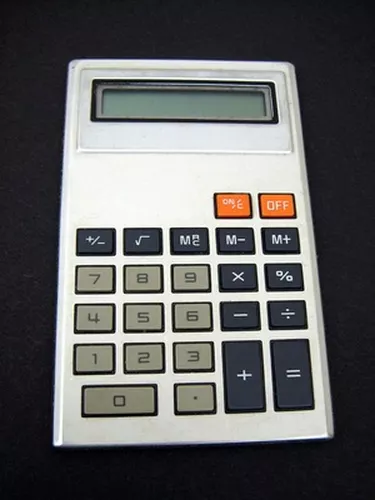
Most investors want to know two things about an investment: the level of risk and the potential for return. Return (also referred to as yield for interest bearing securities or those securities that pay a dividend) is a function of how much an investment makes annually. The calculation is usually done by dividing annual income (interest income and dividends) by the the cost of the investment.
Step 1
Determine the income made from the investment. Add all interest and dividend payments over the year. Let's say you own common stock that pays out quarterly dividends of 25 cents for a total of $1 in one year.
Video of the Day
Step 2
Determine the current price of the asset and the original cost of the asset. Let's say you purchased the stock for $20 and the current price of the stock is $25.
Step 3
Calculate the cost yield. Divide the dividend amount by the cost of the stock. The yield is $1 divided by $20 equals 0.05 or 5 percent.
Step 4
Calculate the current yield. Divide the dividend payment by the current price of the stock. The calculation is: $1 divided by $25 equals .04 or 4 percent.
Step 5
Find the average yield. Add the cost yield and the current yield and divide by two for the average yield. The answer is .05 plus .04 divided by 2 equals .09. Divide that by 2, which equals .045 or 4.5 percent.
Video of the Day